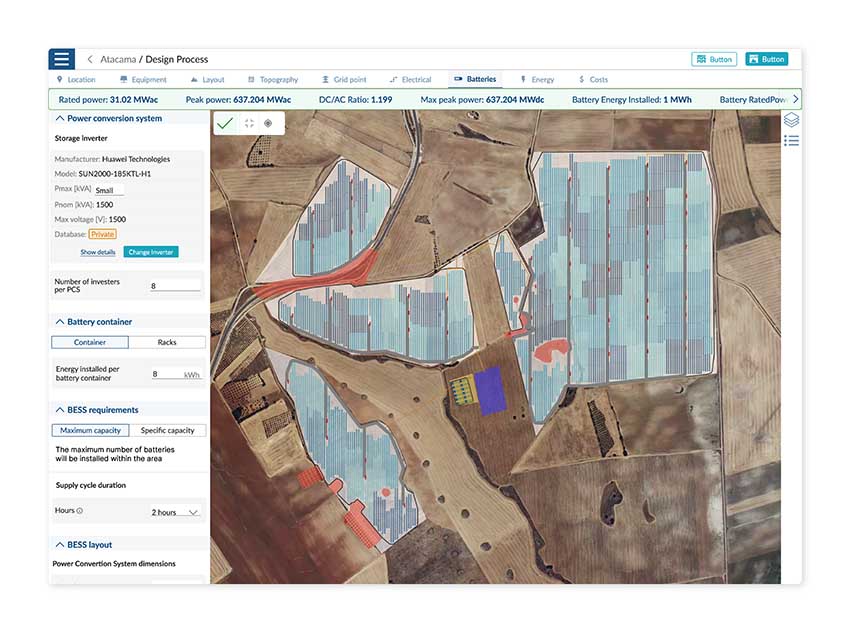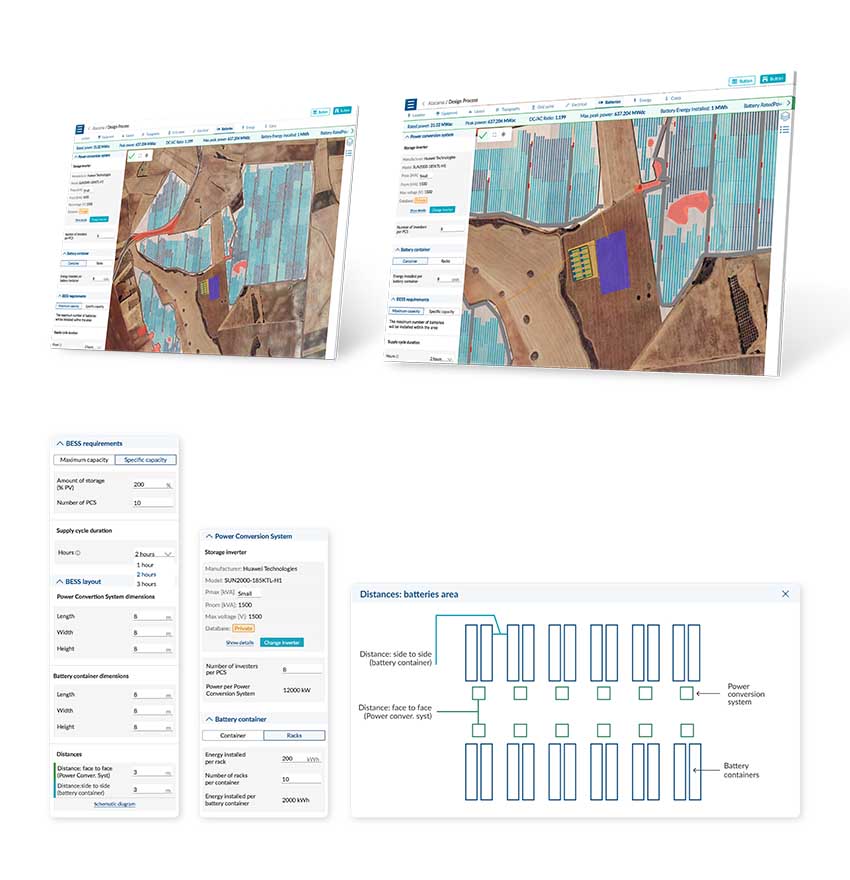RatedPower is on a mission to digitalize the renewable energy industry and maximize clean energy’s potential through disrupting and user-friendly cloud-based solutions.
Through pvDesign—their software to automate and optimize the study, analysis, design, and engineering of photovoltaic plants in all its stages—RatedPower helps companies optimize the design and engineering of utility-scale solar PV plants, maximize their profitability, and reduce energy costs (LCOE).
RatedPower has helped develop more than 43 GW in more than 160 countries. Bringing value to developers, IPPs, contractors, investors, and manufacturers, helping them make better decisions, democratizing engineering knowledge and boosting the deployment of solar plants worldwide.
More than 1,400 users from market-leading solar players trust RatedPower, including BayWa r.e., Siemens Energy, Burns & McDonnell or Engie.
Interview with Ignacio Granda, Account Executive Francophone Markets, CEE & Africa at RatedPower.
Easy Engineering: What are the main areas of activity of the company?
Ignacio Granda: pvDesign optimizes the design and carries out the engineering of utility-scale solar photovoltaic plants, reducing 85% of the time spent in designing PV, from 4-6 weeks to under 2 minutes. The tool covers all the feasibility and design phases of a large solar photovoltaic plant, provides a wholly-owned energy production model and generates hundreds of pages of tailor-made engineering documentation.
Our software has reportedly reduced by 5% the LCOE of solar plants designed with it, which translates to a 20% higher solar plant profitability. Having developed more than 43 GW in more than 160 countries, pvDesign brings value to developers, IPPs, contractors, investors, and manufacturers, helping them make better decisions, democratizing engineering knowledge and boosting the deployment of solar plants worldwide.

E.E: What’s the news about new products?
I.G: One of the characteristics that we take more pride in is the periodicity of our updates.
Even though at the moment we only offer one product, our software pvDesign, we are constantly updating its features, as well as launching new ones. We are always on the watchout for market trends, trying to anticipate them in order to offer the most complete solar software. The feedback we receive from our users has also a crucial role in these updates.
In fact, we just launched a new feature that changes the game of photovoltaics: our users can now design an AC-coupled BESS into their PV projects and hybridize any of them. The new feature allows users to have the basic engineering of a BESS and to represent the outputs in pvDesign documents. This new feature helps solve one of renewable energies’ biggest challenges: intermittency, and has become a crucial piece of our entire business strategy.
Other relevant recent releases are:
New interface: we completely remade the design process of projects. Now the map is always visible, so that users can iterate with any input. We also revised the position of many inputs to make the workflow easier to understand.

Customized cables: It is now possible to manually define the characteristics of the cables used in the PV plant.
Thin film modules: pvDesign can now simulate the energy production of PV plants using thin film (CdTe) modules. The calculation model now takes into account the spectral correction, and the recombination losses in the one diode model. You can find more information about the calculation model here.
E.E: At what stage is the market where you are currently active?
I.G: We are present in more than 160 countries in every continent, so we have several different markets that are pvDesign users.
In general, many countries around the globe are coming up with more strict energy policies and with more ambitious goals, such as reaching net-zero emissions before 2050. These goals are a follow-up to the Paris Agreement, which keeps countries committed to reaching carbon neutrality in emissions in the second half of the 21st century.
With these achievements in mind, renewable energy is in the center of the equation, as it is needed to decarbonize every industry. In fact, renewables were the only energy source for which demand increased in 2020 despite the pandemic, while consumption of all other fuels declined.
Speaking about the solar energy market in particular, despite the challenges the industry faces, it’s clear that the solar sector has a bright future ahead. Challenges such as bottlenecks in permitting, grid saturation and supply chain disruptions don’t weight down the potential for continued strong growth in new renewable installations, with solar leading the way.
What can you tell us about market trends? What estimations do you have for 2022?
Earlier this year we released trends report to gain further insight into the status of the industry and the key trends for this year and beyond. We surveyed +100 experts from energy companies of all sizes from around the world to ask about their views on the challenges and prospects ahead.

New technologies and digitalization will help to advance the viability of solar as a primary form of electricity generation. Innovations in the deployment of solar panels such as floating panels and agrivoltaics are making the technology viable in parts of the world such as developing countries where land is scarce and climate change is having an impact on agriculture and water availability.
Digital tools such as Internet of Things (IoT) devices, data analytics, virtual reality and artificial intelligence are changing the way that solar installations are managed (and designed).
Automation and advanced modeling tools help reduce the time it takes to plan each installation by enabling developers to optimize site layout and engineering. They also help operational managers to maximize a project’s return on investment. At RatedPower, we strongly believe in automation to an extent that is in our DNA and in our values.
One of the bigger trends ahead are battery storage and energy efficiency to supplement renewable generation, which will expand the viability of intermittent solar and wind in a growing number of applications.
All of this data evidenced our confidence in the fact that the solar sector will reach the 200GW capacity mark in 2022, surpassing 2021’s record of 127GW. This will be led by countries with supportive government policies and investment strategies while in conjunction with digitalization, innovation, incentivization and diversification.

